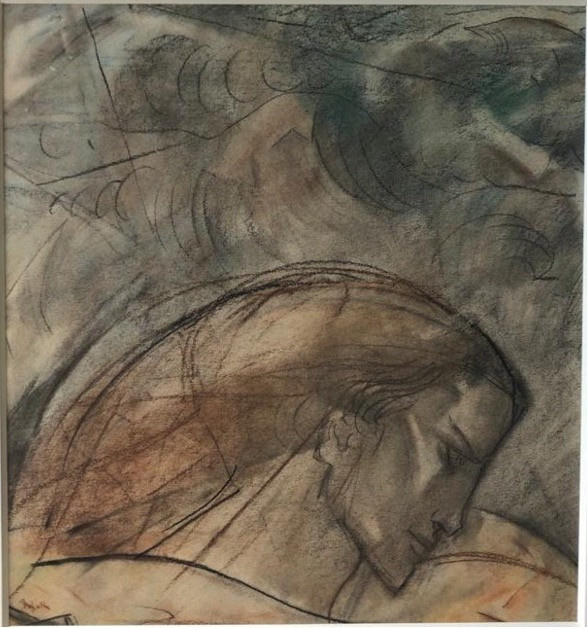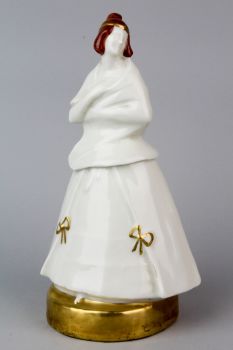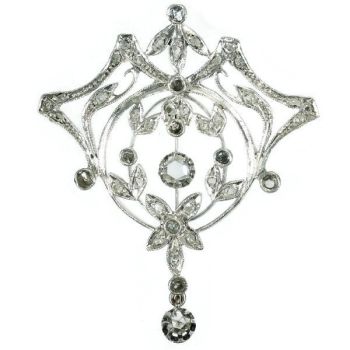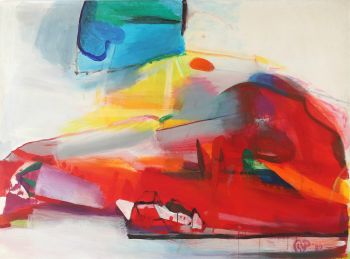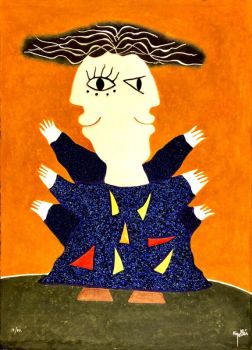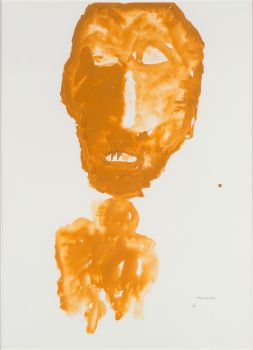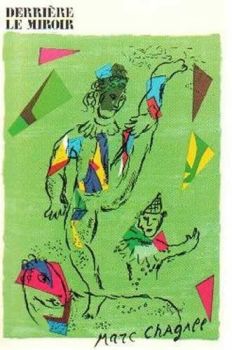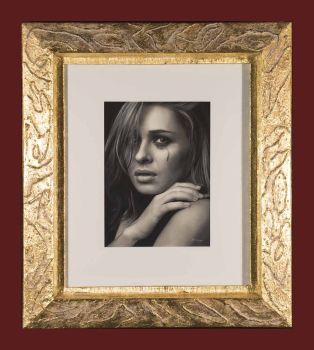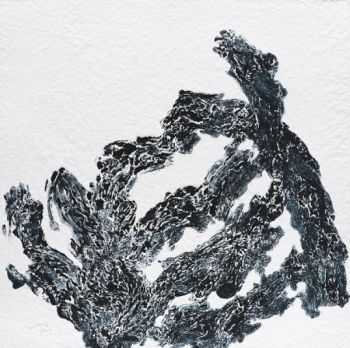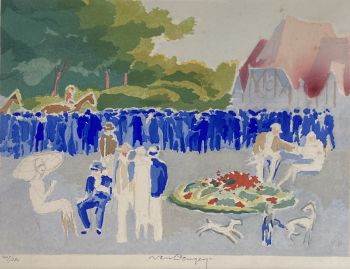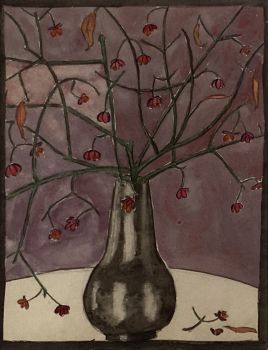Egyptian head 1916
Willem van Konijnenburg
Papier
32 ⨯ 30 cm
ConditionMint
Prix sur demande
Artiquair
- Sur l'oeuvre d'artWillem van Konijnenburg was inspired by several ancient art forms, including the Egyptian one. In his theoretical writing The Value of Impressionist Painting from 1908, he praises Egyptian art for the way in which its unity of art, faith and science is symbolically expressed. In The Aesthetic Idea (1916) he praises the material sense of the Egyptian artist who opts for sustainable materials and, very important for Van Konijnenburg, the monumentality. It arises by imposing a form on matter according to mathematical principles, without regard to the demands of naturalism. Influences of the Egyptians can be seen in the painting Tempelbouw (Centraal Museum Utrecht), facade sculptures that Van Konijnenburg designed in 1915/1916 for the Koninklijke Fabriek van Metaalwerken by W.J. Stockfish in The Hague, the large pedantic watercolors Egyptian farmer (Kunstmuseum Den Haag) and Egyptian shepherd (whereabouts unknown) from 1916/1917 and Overgave (Kunstmuseum Den Haag) from 1917, for which the first owner of the Egyptian Cup shown here stood as a model : Jacoba van der Vegt (1897-1970). Jacoba was Van Konijnenburg's favorite niece, muse, model and dance partner in the Tango. The complete provenance of this work is present.
- Sur l'artisteWillem van Konijnenburg est né à La Haye le 11 février 1868. Il était un peintre, aquarelliste, illustrateur, grapher et graveur hollandais. Il a fait ses études à l'Académie des Arts de La Haye. Après ses études, il a travaillé à Maastricht, Limbourg, Scheveningen et même Paris. Il a été l'élève d'Arnoud Gerkens, Eduard Kerling et Johan Philip Koelman. Mais ses principales leçons d'art ont été données par la mère de Willem. Van Konijnenburg est mort à La Haye le 28 février 1943.
Êtes-vous intéressé par l'achat de cette oeuvre?
Artwork details
Catégorie
Sujet
Style
Matériel & technique
Related artworks
Willem van Konijnenburg
Landscape in Limburg, the south of the Netherlands1868 - 1943
Preis auf AnfrageKunsthandel Pygmalion
1 - 4 / 4Rene Rietmeyer
"Germany, Saarland, April 2001"2001
Preis auf AnfrageEuropean Cultural Centre Collection
1 - 4 / 24- 1 - 4 / 24
- 1 - 4 / 6
Cornelis Anthonisz Theunissen
SEHR SELTENE ERSTE GEDRUCKTE KARTE VON AMSTERDAM, EINER STADT AUF DEM AUFSTIEG1544
€ 175.000Inter-Antiquariaat Mefferdt & De Jonge
 Kuratiert von
Kuratiert vonDanny Bree
1 - 4 / 24- 1 - 4 / 12

